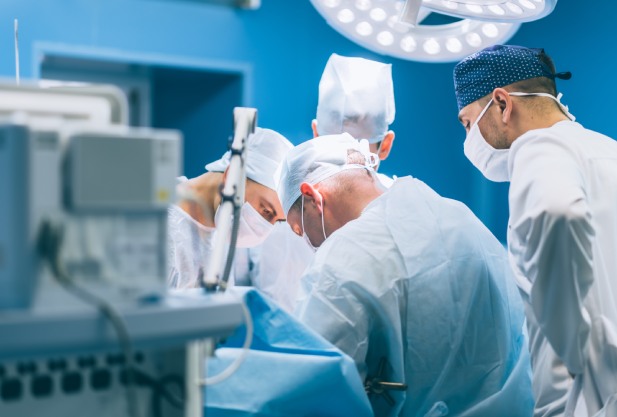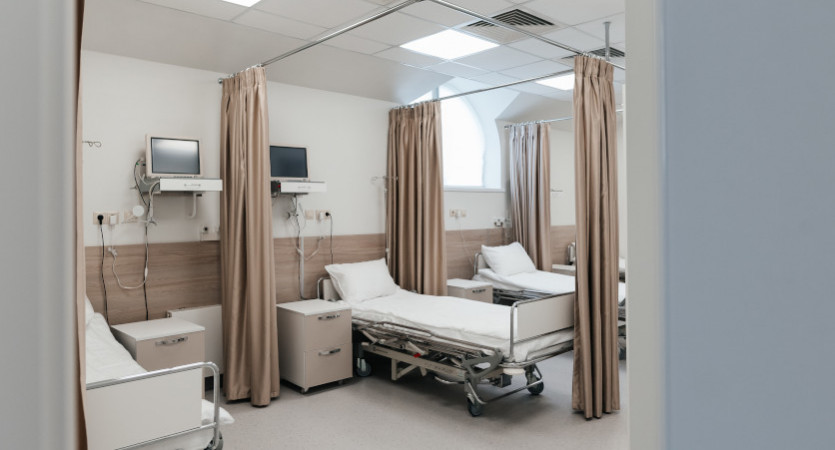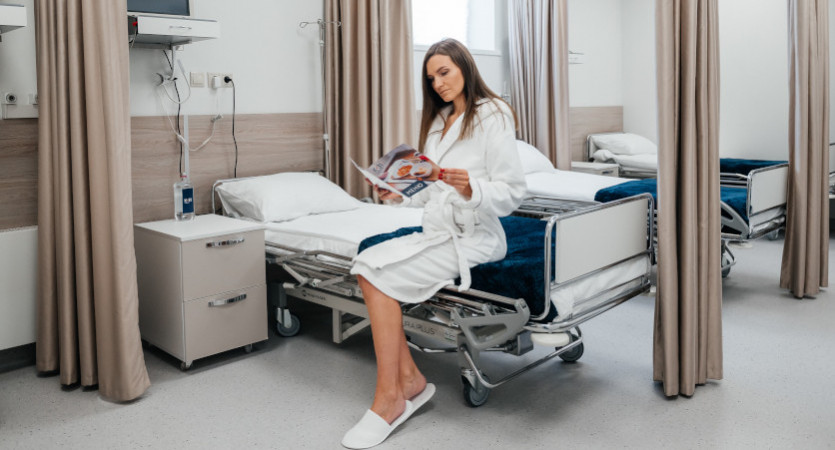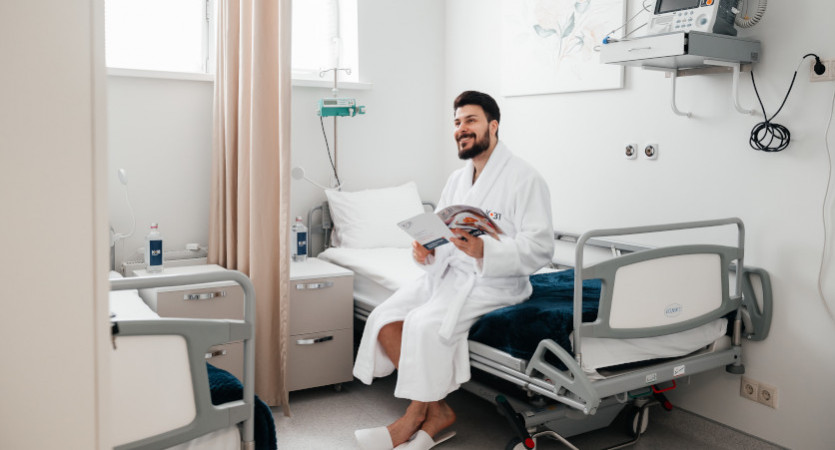Lower eyelid surgery (transconjunctival)
With age, the skin around the eyes loses firmness and elasticity. This is due to the natural processes of aging, as well as the influence of poor lifestyle, stress and genetic predisposition. As a result, wrinkles, puffiness, dark circles, and bags under the eyes appear. Transconjunctival blepharoplasty is considered as one of the methods for correcting such changes.

specialists

equipment

treatment
When not to have surgery
Although this method improves appearance and vision, there are a number of contraindications in which the procedure may be unsafe or undesirable.
Some of the listed contraindications are temporary. For example, surgery may be postponed until you have recovered from an infectious disease.

Contraindications to sutureless blepharoplasty can be divided into several categories:
- Age restrictions The procedure is not performed on minors due to the incomplete process of tissue growth and development.
- Infectious and viral diseases Influenza, ARVI, or local infections in the eyelid area increase the risk of complications.
- Oncological diseases It is a strict contraindication, since surgical intervention can provoke progression of the disease.
- Hormonal disorders and endocrine pathologies For example, thyroid disorders may affect the healing and results of the procedure.
- Problems with circulation and blood clotting Prolongation of clotting time increases the risk of bleeding during and after surgery.
- Eye pathologies Increased intraocular pressure, glaucoma, or dry eye syndrome may become worse after blepharoplasty.
- Autoimmune diseases Conditions such as rheumatoid arthritis or systemic lupus erythematosus can interfere with the healing process and cause unwanted reactions.

In modern medicine, two main techniques of lower blepharoplasty are used:
- Surgery with partial removal of periorbital fat
- Procedure for redistribution of adipose tissue
If it is necessary to fill the nasolacrimal and eyelid-buccal grooves, preference is given to the fat-preserving technique. This method allows you to smooth out facial contours and give them a more natural look. In this case, the fat can be fixed with internal sutures to the periosteum or skin, which provides a more long-term effect.
Traditional classical surgery is performed using a surgical scalpel. In this case, the doctor makes an incision in the conjunctiva and removes excess fatty tissue. However, today, laser blepharoplasty is gaining increasing popularity due to its advantages. This method is considered the safest and least traumatic, since the laser beam coagulates the vessels, preventing the formation of hematomas and minimizing the risk of postoperative hemorrhages.

However, there are a number of potential complications, among which several main ones should be highlighted:
- Swelling and hematomas are usually temporary and disappear within the first weeks after surgery. Their intensity may fluctuate and depends on the individual characteristics of the organism
- Eyelid distortion (improper position), in particular, eversion or ptosis (drooping), can occur due to improper surgical technique or tissue healing characteristics
- A feeling of dryness in the eyes or, conversely, increased tearing can be caused by temporary changes in the functioning of the tear ducts
- Infectious complications, although rare, require immediate medical intervention and selection of antibacterial therapy
- Photosensitivity is usually temporary and decreases as the tissue heals
Choosing a clinic for a successful operation
To minimize the risk of complications, it is important to carefully choose a clinic and specialist. Preference should be given to medical centers that have a high reputation and specialize in plastic surgery, where qualified surgeons with experience in performing such interventions work. In addition, you should pay attention to the following aspects:
- Availability of modern equipment and use of advanced technologies in surgery
- Professional qualifications and accreditation of doctors
- Preliminary consultation and individual approach to each patient
- Positive reviews and recommendations from previous patients
Preoperative preparation, including a full physical examination and discussion of all possible risks with the patient, also plays an important role in the prevention of complications. Postoperative care, including strict adherence to all doctor's recommendations, is mandatory for a successful outcome and speedy recovery.

General information about the procedure
Plastic surgery at K+31












This award is given to clinics with the highest ratings according to user ratings, a large number of requests from this site, and in the absence of critical violations.

This award is given to clinics with the highest ratings according to user ratings. It means that the place is known, loved, and definitely worth visiting.

The ProDoctors portal collected 500 thousand reviews, compiled a rating of doctors based on them and awarded the best. We are proud that our doctors are among those awarded.
Make an appointment at a convenient time on the nearest date
Price
Reviews 10







































Who is indicated for intervention?
Transconjunctival blepharoplasty is a surgical procedure aimed at correcting aesthetic and functional problems of the lower eyelids. The procedure involves removing or redistributing excess fatty tissue through an incision on the inside of the eyelid (conjunctiva). This avoids external scars, which reduces the visible signs of surgery. This method is often used to eliminate bags under the eyes and improve facial contours, creating a more open and fresh look.
It is especially effective in the following cases:
However, it is worth remembering that when a significant amount of fatty tissue has accumulated or when skin imperfections are too noticeable, resection blepharoplasty with eyelid lift is required.